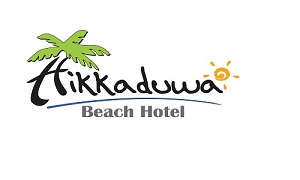Typical tourism-related SMEs include businesses such as hotels and homestays, spas and Ayurveda treatments, cafés, food, and drinks, traveling, tour guiding, surfing and diving, and souvenirs and handicrafts, to name a few. Every economy and the Sri Lankan economy is no different, relies on the contributions of small and medium-sized firms (SMEs) to thrive.
Small and medium-sized enterprises (SMEs) and micro-enterprises together account for approximately 52 percent of the country’s gross domestic product (GDP), and according to the National Human Resources and Employment Policy of Sri Lanka, SMEs and micro-enterprises account for approximately 80 percent of all businesses.
Human behavior, including how people live, work, and travel, is changing as a result of digitalization, which has created new chances for tourist enterprises to compete in global marketplaces. This chapter investigates the influence of digitization on tourism, with a special emphasis on small and medium-sized enterprises (SMEs).
Using digital technology and data, digitalization is transforming traditional business structures and processes, as well as value ecosystems. For example, the sharing economy has developed over the past ten years as a consequence of new platform technologies and business model innovation that have enabled people to extract new value from hidden or underutilized assets and reinvest it.
In addition, tourism firms operate in a worldwide marketplace while providing services at the local level as part of a unique tourist destination offer, which is another distinctive feature of the industry. In terms of geographic spread, the only constraint is the appeal and accessibility of potential places.
Travel-related digital businesses, such as online travel agencies and accommodation platforms, have revolutionized the industry by connecting tourism products and services with customers all over the world in real-time, as well as by increasing market visibility for tourism SMEs by a significant margin. As a consequence, many small and medium-sized enterprises (SMEs) in the tourist industry are at least partially reliant on bigger middlemen, while at the same time facing increased customer expectations for quality and efficiency.
Automation and robots are major trends in the tourist industry, with applications being developed for both physical and online tourism enterprises. For example, many functions that were formerly performed by people are now being performed by robots or automated systems, such as chatbots, instead. Through the use of a series of questions, these have become widely accepted across the business and are intended to assist travelers in finding and booking tours, transportation, and accommodations.
A more complex example may be the robot “crew” that some hotels use to handle the reception desk and even serve meals and beverages to guests. While robots have made significant strides in their ability to deliver goods and services, businesses, governments, and consumers have not yet worked out how to fully incorporate them into the economy as they should.
However, tourism was one of the most severely hit industries by Covid-19, and it has yet to see a meaningful rebound from the epidemic that rocked the globe last year – and continues to do so now. Despite the discounts and help granted to people working in tourism-related enterprises



